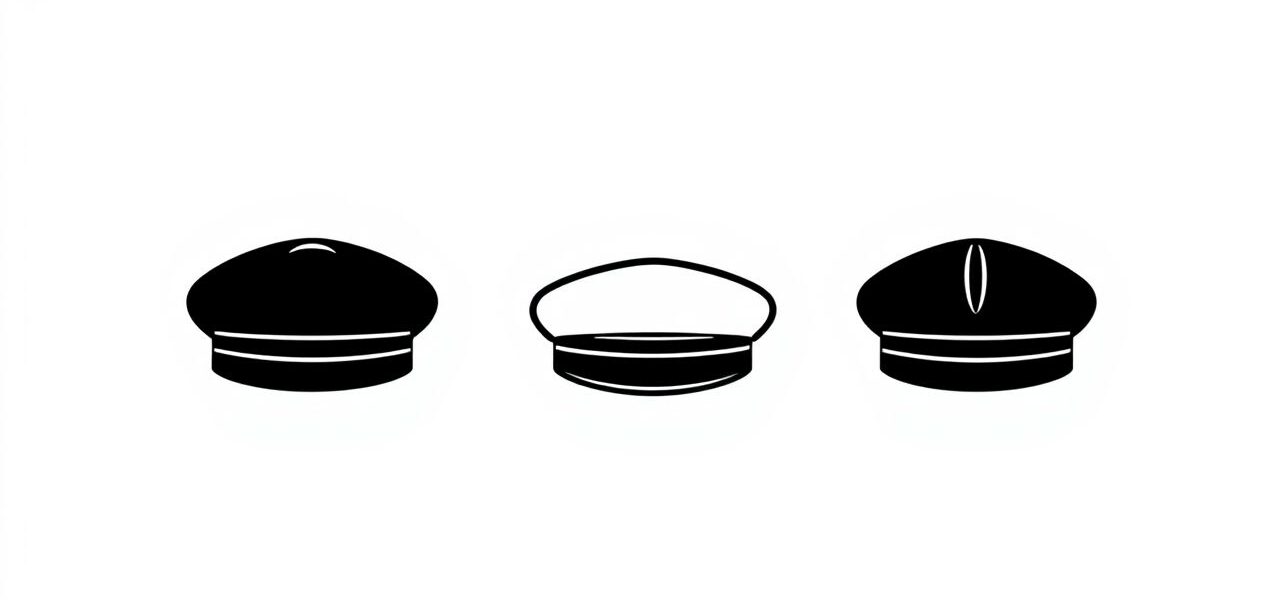Throughout military history, various pieces of uniform have served both practical and symbolic roles. One such iconic item is the forage cap, a headgear that has evolved in design, purpose, and meaning over the centuries. Although it may seem like a simple accessory, the forage cap represents functionality, rank, tradition, and national identity. Understanding what a forage cap is, its uses, and its significance helps shed light on an often-overlooked element of military attire that continues to make appearances in both ceremonial and practical settings.
Definition and Origin of the Forage Cap
What is a Forage Cap?
A forage cap is a type of military headgear, generally soft and foldable, traditionally worn by soldiers when not engaged in full combat or dress uniform duties. Originally designed for practicality, forage caps allowed soldiers to wear less formal, more comfortable headgear during everyday tasks such as foraging for food, hence the name.
Historical Background
The forage cap’s origins trace back to European military traditions in the 18th and 19th centuries. Soldiers needed headwear that could be used during off-duty activities or less formal operations. Over time, each military adopted specific styles, colors, and insignia that made the cap both functional and emblematic of service.
Design Features of the Forage Cap
Basic Characteristics
- Soft, foldable cloth construction
- Short visor or no brim at all
- Compact enough to fit into pockets or small bags
- Often designed in colors representing a specific regiment or nation
Insignia and Decorations
Forage caps often bear regimental insignia, rank badges, or national emblems stitched or pinned to the front. These markings help identify the soldier’s unit and position within the hierarchy.
Materials Used
Traditional forage caps were made from wool or heavy cotton to provide warmth and durability. Modern versions may use synthetic fabrics or lighter materials, depending on their intended use.
Types of Forage Caps Around the World
British Army Forage Cap
In the British Army, the forage cap became widespread in the 19th century. The version used during World War I had a soft, round shape and was typically dark blue or khaki. It was eventually replaced by the beret or peaked cap in many regiments, but the forage cap remains in ceremonial use.
American Civil War Forage Cap
Union soldiers during the American Civil War wore forage caps often referred to as ‘kepis.’ These had a flat circular top with a leather visor, usually navy blue in color. Confederate soldiers also used similar caps, often with minor design differences.
French and German Variations
The French army’s version, known as a ‘bonnet de police,’ and the German army’s side cap, or ‘feldmütze,’ shared similarities with other forage caps but reflected regional style preferences and military traditions.
Functional Purpose of the Forage Cap
Daily Wear
The forage cap was worn during non-combat situations where full military dress was unnecessary. Tasks like setting up camp, preparing meals, or standing guard outside of battle made use of the more relaxed forage cap rather than helmets or stiff formal hats.
Practical Utility
The cap was easy to fold and stow, allowing soldiers to carry it without difficulty. It also offered a degree of warmth and protection against the elements while still being lightweight and breathable.
Field Identification
Insignia on the cap allowed quick recognition of rank and regiment, even during informal operations or away from camp. This feature was crucial for maintaining discipline and coordination in the field.
Symbolic and Ceremonial Importance
Military Heritage and Tradition
Over time, the forage cap took on a ceremonial role in many armies. Though replaced in combat situations by helmets and berets, it remains a part of formal dress in parades and commemorative events.
Honor and Identity
Veterans and historians often view the forage cap as a symbol of soldierly pride and historical identity. It represents both the hardships of military service and the camaraderie of life in the ranks.
Modern Use of the Forage Cap
Continued Use in Ceremonial Uniforms
Many armies around the world still issue forage caps for dress uniforms. The design may be updated, but the historical roots remain evident in their shape and symbolic value.
Use in Reenactments and Museums
Military history enthusiasts and reenactors often wear accurate reproductions of forage caps to preserve historical authenticity. Museums also feature these caps in exhibits related to military attire and daily life.
Collectible Items
Vintage and replica forage caps are popular among collectors of military memorabilia. Original caps from notable wars can command high prices due to their historical significance.
Differences Between Forage Caps and Other Military Headgear
Compared to Helmets
- Forage caps are soft and non-armored
- Used during non-combat activities
- Lighter and more comfortable for extended wear
Compared to Berets
- Berets are more modern and often used in elite units
- Forage caps have a more traditional and historical association
- Shape and construction differ greatly
Compared to Peaked Caps
- Peaked caps are formal and rigid
- Used primarily by officers and during ceremonies
- Forage caps are simpler and more utilitarian
The forage cap may appear modest, but its history, utility, and symbolism make it a significant piece of military headgear. Whether worn in the muddy camps of the 19th century or during a formal military parade today, the forage cap tells a story of discipline, service, and heritage. As military uniforms continue to evolve, the forage cap remains a reminder of the balance between function and tradition in soldier life. It connects modern-day service members with those who came before them, preserving the continuity of military history in every stitch and fold.
